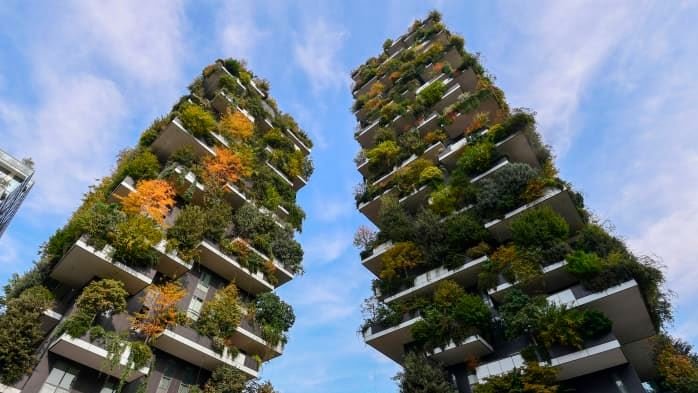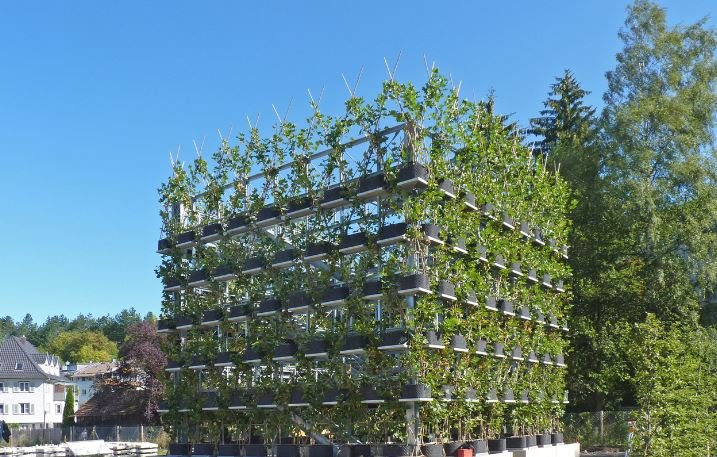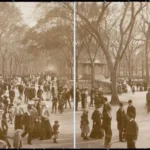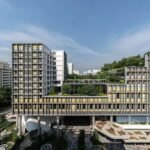Living Buildings: Buildings that incorporate plant life
- By -Peter
- Posted on
- Posted in Modern Architecture
Living buildings go beyond traditional architecture by integrating plant life into their structure and design. This article explores how greenery enhances building sustainability, promotes biophilic connections, and transforms urban landscapes.

Benefits of Incorporating Plant Life in Buildings
Enhanced Air Quality and Climate Control
Plants naturally filter pollutants, absorb carbon dioxide, and release oxygen, improving indoor air quality and reducing the urban heat island effect. Green roofs and walls regulate building temperatures, enhancing thermal insulation and energy efficiency.
Biodiversity Conservation
Green buildings provide habitats for wildlife, support local ecosystems, and mitigate biodiversity loss in urban environments. Native plants and vegetation promote ecological resilience and contribute to urban biodiversity conservation efforts.
Design Strategies for Living Buildings
Green Roofs and Vertical Gardens
Green roofs and vertical gardens integrate plantings into building facades, rooftops, and interior spaces. These systems enhance aesthetic appeal, reduce stormwater runoff, and provide natural insulation, supporting biodiversity and ecological balance.
Biophilic Design Principles
Biophilic design principles incorporate natural elements, patterns, and materials to enhance human well-being and connectivity to nature within built environments. Integrating greenery improves occupant satisfaction, productivity, and overall health outcomes.
Examples of Living Buildings with Plant Life
- One Central Park, Sydney
Designed by Jean Nouvel and Patrick Blanc, One Central Park features vertical gardens that span 1,120 square meters, showcasing a diverse array of plant species integrated into the building’s facade.
- The Bosco Verticale, Milan
Stefano Boeri’s twin towers, the Bosco Verticale, incorporate over 900 trees, 5,000 shrubs, and 11,000 perennial plants across its balconies and terraces, providing urban greenery and biodiversity in a dense city center.
Environmental and Economic Benefits
Energy Efficiency and Sustainable Practices
Living buildings reduce energy consumption by providing natural insulation, shade, and cooling effects through plant transpiration. They lower heating and cooling costs, extend building lifespan, and contribute to overall environmental sustainability.
Urban Heat Island Mitigation
Green roofs and vegetation mitigate the urban heat island effect by reducing surface temperatures and improving air quality. They enhance thermal comfort, mitigate heat stress, and promote healthier urban environments for residents.
Challenges and Considerations in Living Building Design
Structural and Maintenance Requirements
Integrating plant life into building design requires careful planning for structural support, irrigation systems, and ongoing maintenance. Ensuring proper plant care, pest management, and system upkeep are essential for long-term viability and performance.
Regulatory and Design Guidelines
Navigating building codes, zoning regulations, and environmental certifications for green buildings requires compliance with sustainability standards and best practices. Collaboration among architects, engineers, and stakeholders ensures successful implementation of green infrastructure.
Future Directions: Innovations in Living Building Design
Technological Advancements
Advancements in green roof technologies, hydroponic systems, and automated irrigation systems enhance efficiency and performance in living building design. Smart sensors and data analytics optimize plant health monitoring and resource management.
Multi-functional Green Spaces
Future living buildings may integrate multi-functional green spaces that serve as community hubs, urban farms, and recreational areas. These integrated ecosystems foster social interaction, cultural enrichment, and sustainable urban development.
Conclusion: Advancing Sustainability with Living Buildings
Living buildings demonstrate a commitment to sustainable architecture, biodiversity conservation, and human well-being. By integrating plant life into building design, architects create resilient, ecologically responsible environments that enrich urban landscapes and promote a harmonious relationship with nature.
Takeaways: Key Insights
- Living buildings integrate plant life to enhance sustainability and biodiversity.
- Green roofs and vertical gardens improve air quality and reduce urban heat island effects.
- Innovations in technology and design promote the future of green architecture and urban ecology.
Embracing the concept of living buildings with plant life signifies a transformative approach to architecture, fostering healthier cities and sustainable lifestyles for generations to come.



